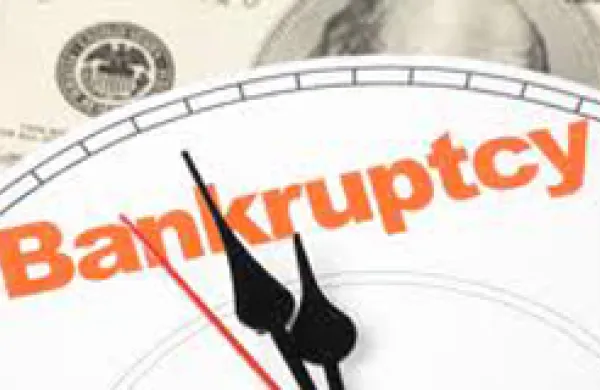It may be worth questioning the earnings of companies being bought by private equity firms, according to a new S&P Global Ratings report.
In analysis of companies involved in deal making in 2015, S&P found that the earnings projections were unrealistically high on average across leveraged buyouts and mergers due to so-called “add-backs” – adjustments made to account for expected cost savings or an anticipated rise in revenue.
Overstated earnings in 2015 was the primary contributor to a jump in leverage over the past two years in the sample of companies reviewed by S&P, according to the report. Compared to companies’ projections, Ebitda, or earnings before interest, taxes, depreciation and amortization, turned out to be 29 percent lower in 2016 and 34 percent lower last year.
Private equity firms are typically aggressive in the use of add-backs to Ebitda when seeking financing for their deals, according to Steve Wilkinson, a credit analyst with S&P. The trend accelerated after regulators issued leveraged lending guidance in 2013, he said by phone, as companies sought to stay below a debt level of six times Ebitda to avoid being flagged as too risky.
“There was a notable increase in Ebitda add-backs, both in terms of frequency and magnitude, when the leverage guidelines came out,” Wilkinson said. “Those projections are flawed.”
For example, some companies that depend on subscriptions for recurring revenue may inflate earnings to reflect an expected increase in the number of subscribers they will have three to five years from now, according to Wilkinson. “They want to look at what the run rate is at this point in time, not what it was over the last 12 months, as a measure of Ebitda going forward,” he said.
Wilkinson also pointed to add-backs being used by companies that are expanding their operations through construction. For example, a company might project Ebitda based on future revenue from data centers they’re building but won’t complete for another year or two.
“They’re trying to give themselves the benefit of a future capacity expansion that is often a large capital investment,” he said. “It’s risky if management can’t execute on what it’s purporting.”
[II Deep Dive: Everything About Private Equity Reeks of Bubble. Party On!]
Private equity-owned companies tend to fall into the single B ratings category, where S&P found more aggressive adjustments to earnings compared to the less risky BB category, according to Wilkinson.
On average, add-backs represented 50 percent of Ebitda estimated by companies with B ratings, and 21 percent for those with BB grade, the S&P report shows.
In some cases, S&P views expanded definitions of adjusted Ebitda as an “artificial deflation of leverage.”
It’s easier to identify cost saving and synergies in M&A deals that don’t involve a private equity buyer, said Wilkinson. For example, the removal of duplicated costs by closing administrative offices or reducing headcount isn’t hard to see in a merger.
Buyout firms, though, are more aggressive in inflating Ebitda with add-backs that aren’t tied to cost savings and synergies, according to S&P. The firm found that add-backs accounted for 47 percent of Ebitda in LBO deals, an above average portion in its review of transactions.
The LBO adjustments are higher than average because you see “much bigger adjustments” in non-recurring operating and restructuring costs, Wilkinson said. Such adjustments might also be harder to justify, he cautioned.







